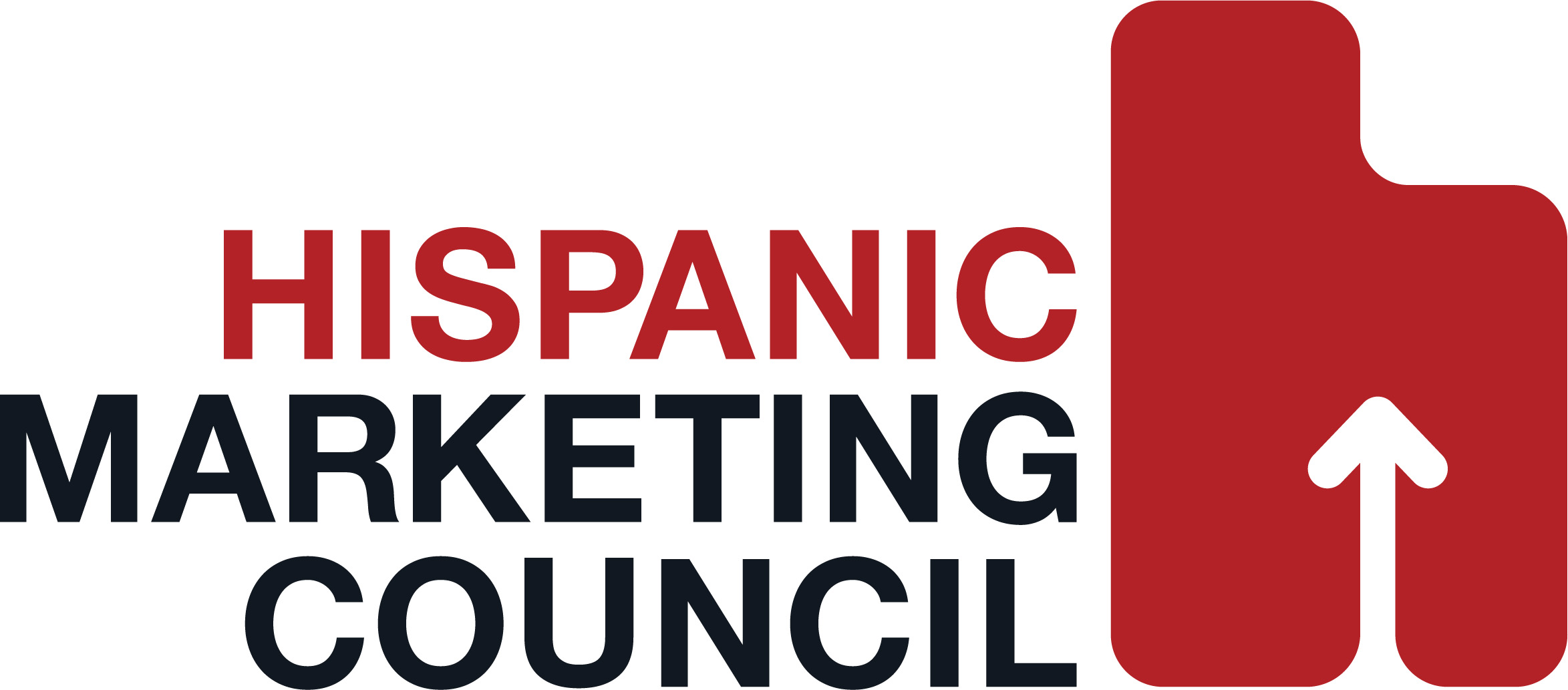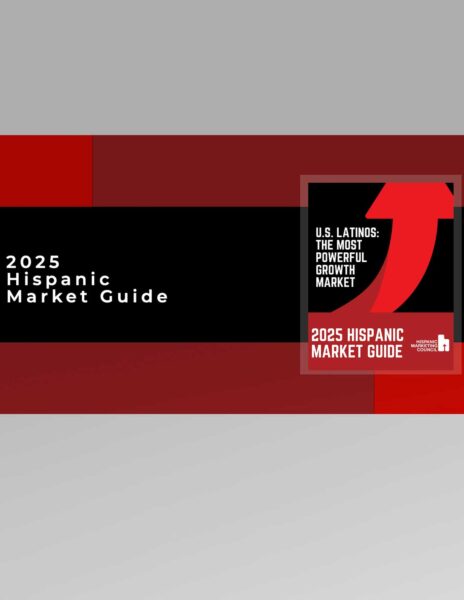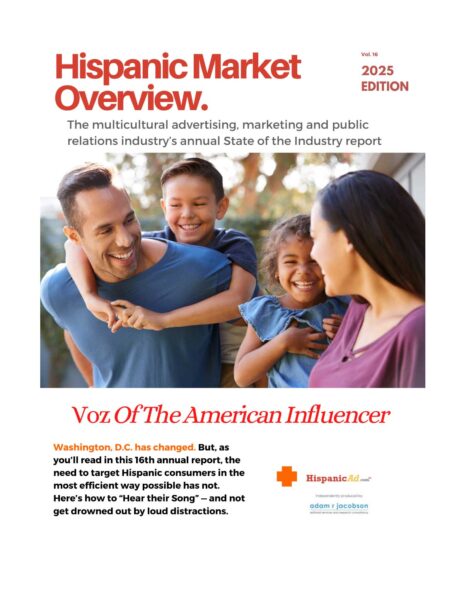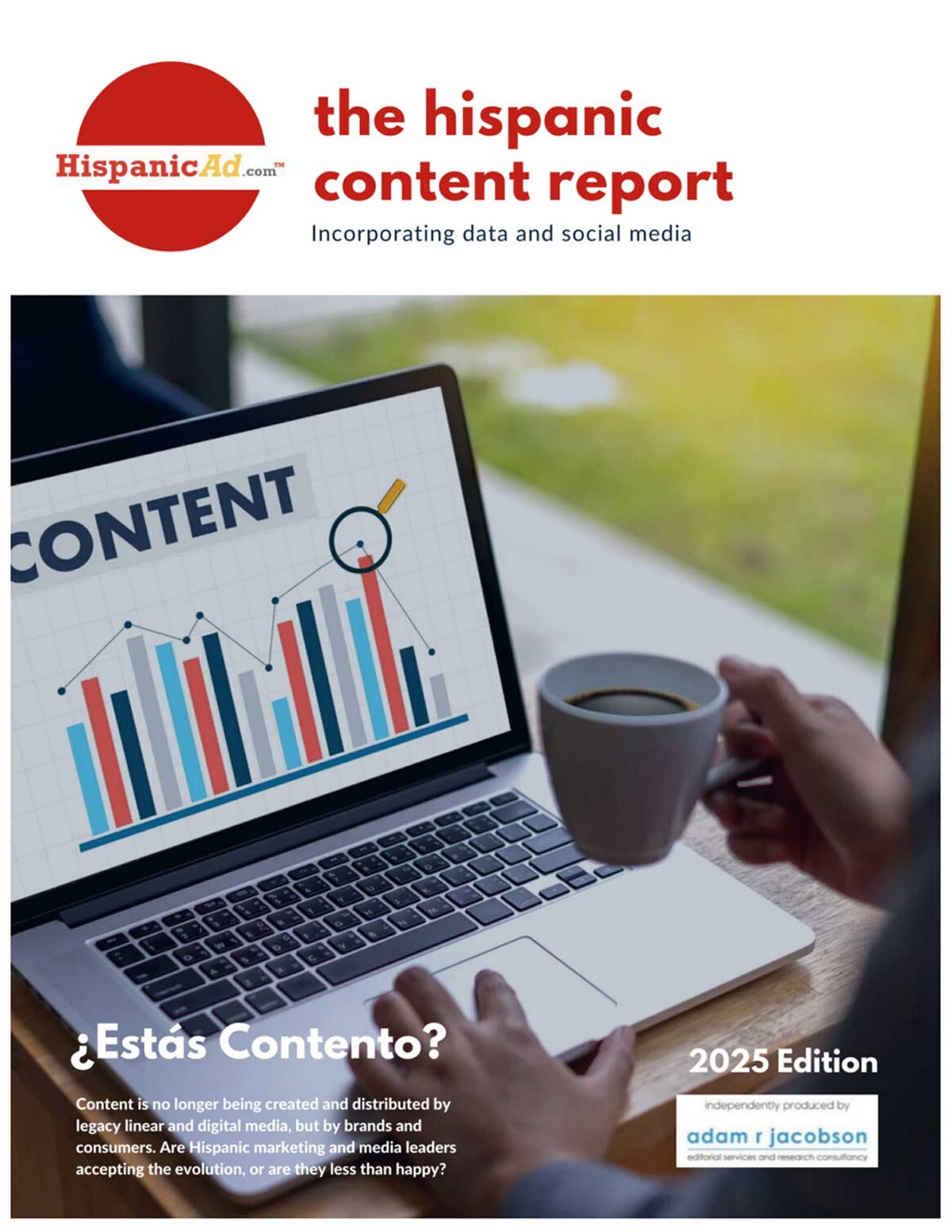![]() A long time ago, in a galaxy far, far away, there was a simple marketing world.
A long time ago, in a galaxy far, far away, there was a simple marketing world.
Marketing
Working Vs. Non-Working Budgets: Outdated Metric
Digital advertising industry growth at risk without comparable global measurement standards [REPORT]
![]() New research released by Kantar Media warns that, if the advertising industry doesn’t find a way to measure performance accurately and consistently, Proctor & Gamble’s threat to pull spend from digital advertising will be just the tip of the iceberg.
New research released by Kantar Media warns that, if the advertising industry doesn’t find a way to measure performance accurately and consistently, Proctor & Gamble’s threat to pull spend from digital advertising will be just the tip of the iceberg.
55 % Drop in Consumers Who Prefer to Watch TV Shows on TV Sets [REPORT]
![]() Signaling an accelerating shift in the digital video market consumer behavior, the percentage of consumers who prefer watching TV shows on television sets plummeted by 55 percent over the past year, from 52 percent to 23 percent, according to findings from the Accenture 2017 Digital Consumer Survey.
Signaling an accelerating shift in the digital video market consumer behavior, the percentage of consumers who prefer watching TV shows on television sets plummeted by 55 percent over the past year, from 52 percent to 23 percent, according to findings from the Accenture 2017 Digital Consumer Survey.
Clients make progress on integration but agencies point up familiar failings
 Global brands are improving their ability to brief for integrated communications but some familiar failings remain, according to a new survey from the WFA. The results indicate that while many advertisers have improved their briefing there is still work to do on lack of alignment, clarity and timing.
Global brands are improving their ability to brief for integrated communications but some familiar failings remain, according to a new survey from the WFA. The results indicate that while many advertisers have improved their briefing there is still work to do on lack of alignment, clarity and timing.
Cinco Mega Topics
 As we near the most “archetypical” of Hispanic holidays, Cinco de Mayo, instead of getting into an exhausting explanation of why (or why not) the day is important, below are my “cinco” mega topics to keep in mind when activating Hispanic marketing. by Roberto Siewczynski
As we near the most “archetypical” of Hispanic holidays, Cinco de Mayo, instead of getting into an exhausting explanation of why (or why not) the day is important, below are my “cinco” mega topics to keep in mind when activating Hispanic marketing. by Roberto Siewczynski
What can digital do for your brand?
![]() Yes, there are many countries where the spend on digital has now surpassed TV. Yes, the average share of spend on digital worldwide is about 33 percent. by Nigel Hollis
Yes, there are many countries where the spend on digital has now surpassed TV. Yes, the average share of spend on digital worldwide is about 33 percent. by Nigel Hollis
FTC Fires Warning Shot On Influencers
 Marketers are pushing the boundaries on acceptable practices in their social media influencer campaigns – and regulators are pushing back.
Marketers are pushing the boundaries on acceptable practices in their social media influencer campaigns – and regulators are pushing back.
The Brand-Safety Paradox
![]() Ad technology makes it possible for advertisers to reach specific target audiences on Web pages that can hurt an advertisers’ own brand.
Ad technology makes it possible for advertisers to reach specific target audiences on Web pages that can hurt an advertisers’ own brand.
Take Note, Brands: Trust, Engagement Drive Purchase Behavior For Millennial Consumers
![]() Authenticity and transparency are today’s watchwords and have become synonymous with millennial audiences in our digital environment, the only environment millennials have ever really known. Consequently, brands are now able to connect with these always-on consumers in an unprecedented way.
Authenticity and transparency are today’s watchwords and have become synonymous with millennial audiences in our digital environment, the only environment millennials have ever really known. Consequently, brands are now able to connect with these always-on consumers in an unprecedented way.
Where Are The New Linear TV Ad Categories?
![]() Where will traditional TV networks find its new advertisers? Will they be niche down-market advertisers or high-end luxury marketers?
Where will traditional TV networks find its new advertisers? Will they be niche down-market advertisers or high-end luxury marketers?
Programmatic Advertising Estimates
![]() Despite the negative press around programmatic advertising following the YouTube ad controversy, programmatic isn’t going anywhere.
Despite the negative press around programmatic advertising following the YouTube ad controversy, programmatic isn’t going anywhere.
What Is Programmatic Sampling And Its Impact On Multicultural Sample?
 As a researcher focused on multicultural consumers in the U.S., my first thought is, how does programmatic sampling affect multicultural sample? But before we get into the implications of that, let’s demystify the concept of the practice.
As a researcher focused on multicultural consumers in the U.S., my first thought is, how does programmatic sampling affect multicultural sample? But before we get into the implications of that, let’s demystify the concept of the practice.
Exposing unconscious bias will strengthen agencies in their diversity outreach [INSIGHT]
 Marketers can’t help who they are. Where they were born, how they were raised, which schools they attended (or not), how far they have traveled — These and many more factors comprise their biographies. But sometimes, when biographies that are more similar than different are assembled in one room, something happens that can sink a campaign: Unconscious bias. By Ozzie Godinez – CEO and Co-Founder at PACO Collective
Marketers can’t help who they are. Where they were born, how they were raised, which schools they attended (or not), how far they have traveled — These and many more factors comprise their biographies. But sometimes, when biographies that are more similar than different are assembled in one room, something happens that can sink a campaign: Unconscious bias. By Ozzie Godinez – CEO and Co-Founder at PACO Collective
Effective advertising needs more than gut feeling [INSIGHT]
![]() On a recent visit to Bangladesh I took part in a roundtable discussion on the use of research in advertising development. The consensus opinion appeared to be that good gut feeling was more important than research when it came to developing advertising. But that raises the question of how do you develop good gut feeling? by Nigel Hollis
On a recent visit to Bangladesh I took part in a roundtable discussion on the use of research in advertising development. The consensus opinion appeared to be that good gut feeling was more important than research when it came to developing advertising. But that raises the question of how do you develop good gut feeling? by Nigel Hollis
Programmatic Hasn’t Lived Up To Its Promise, Yet
![]() In the last few months, ad tech overall — and programmatic, in particular — has taken a beating over issues related to brand safety, transparency, and more. In all fairness, these issues extend to the digital media and advertising worlds at large, not only to the sub-sectors of ad tech/martech and programmatic media.
In the last few months, ad tech overall — and programmatic, in particular — has taken a beating over issues related to brand safety, transparency, and more. In all fairness, these issues extend to the digital media and advertising worlds at large, not only to the sub-sectors of ad tech/martech and programmatic media.
Lopez Negrete Communications Wins A 6th Advertising Research Foundation David Ogilvy Award
 Lopez Negrete Communications, Inc. won the Advertising Research Foundation’s (ARF) 2017 Silver David Ogilvy Award in the New Audiences category for its “Hispanic ‘Wonder Every Day'” campaign, created for client Walmart.
Lopez Negrete Communications, Inc. won the Advertising Research Foundation’s (ARF) 2017 Silver David Ogilvy Award in the New Audiences category for its “Hispanic ‘Wonder Every Day'” campaign, created for client Walmart.
Can Traditional Measurement Tools Hack It In The Age of Digital Video?
 It is non-debatable that the last five years in the media industry has seen more creative enlightenment and tech innovation than the last fifty years combined. By Brian Katz, VP of advanced TV insights and strategy at Eyeview
It is non-debatable that the last five years in the media industry has seen more creative enlightenment and tech innovation than the last fifty years combined. By Brian Katz, VP of advanced TV insights and strategy at Eyeview
Benchmarking is the Waterboarding of the Ad Industry [INSIGHT]
![]() Procurement and benchmarking rose to corporate prominence once “increased shareholder value” became the advertiser’s mantra. Marketing declined in importance, from an investment to achieve brand growth to a cost to be optimized. Benchmarking consultants jumped on the bandwagon. 4As shamefully accepted the ANA benchmarking trend with hardly a whimper, leaving its members to fend for themselves. By Michael Farmer – Madison Avenue Manslaughter
Procurement and benchmarking rose to corporate prominence once “increased shareholder value” became the advertiser’s mantra. Marketing declined in importance, from an investment to achieve brand growth to a cost to be optimized. Benchmarking consultants jumped on the bandwagon. 4As shamefully accepted the ANA benchmarking trend with hardly a whimper, leaving its members to fend for themselves. By Michael Farmer – Madison Avenue Manslaughter
Shaping the future implications of digital media for society: Valuing personal data and rebuilding trust [REPORT]
![]() Do you understand digital media enough to make good decisions?
Do you understand digital media enough to make good decisions?
Is Marketing In Spanish Still Relevant To Hispanics?
 By now, we know all about the dangers of “fake news,” but there’s another form of false information, the concept of “fake trends,” that marketers should be aware of since these can have a negative impact on business strategies. We are witnessing one of them right now when it comes to Hispanic marketing. by Isaac Mizrahi, co-president, chief operating officer, ALMA.
By now, we know all about the dangers of “fake news,” but there’s another form of false information, the concept of “fake trends,” that marketers should be aware of since these can have a negative impact on business strategies. We are witnessing one of them right now when it comes to Hispanic marketing. by Isaac Mizrahi, co-president, chief operating officer, ALMA.



























